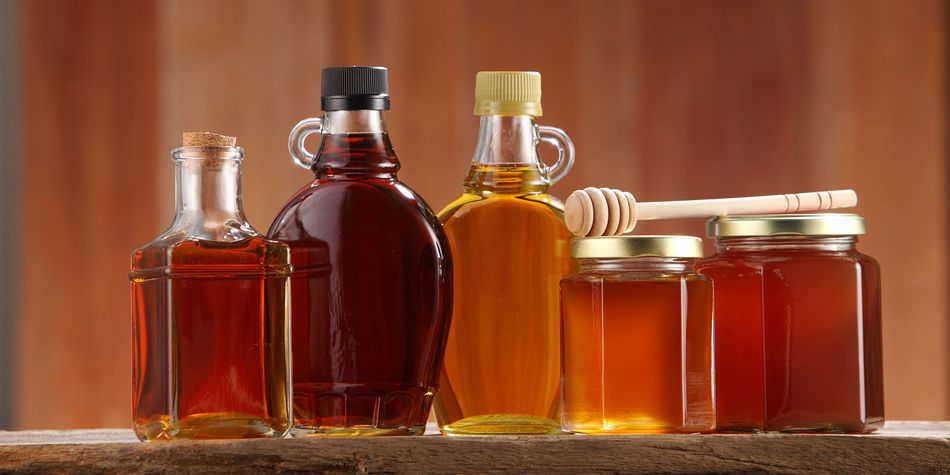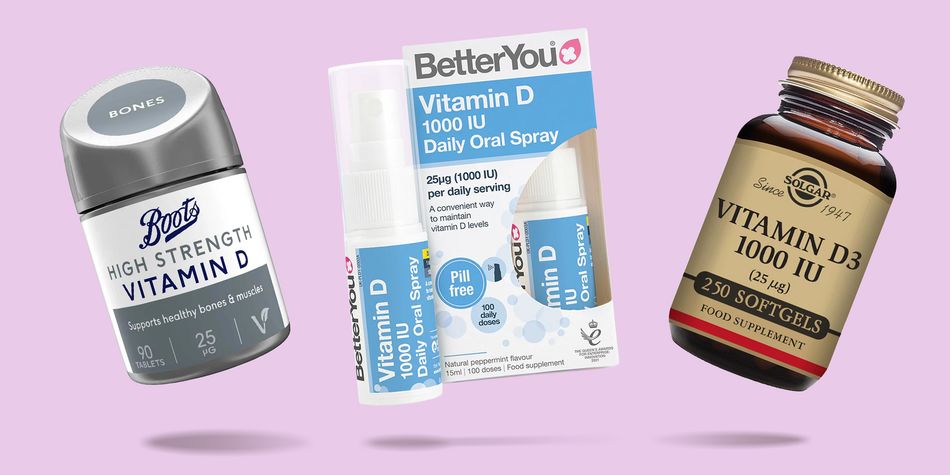Best cooking oils: How to choose, and the truth about seed and algae oils
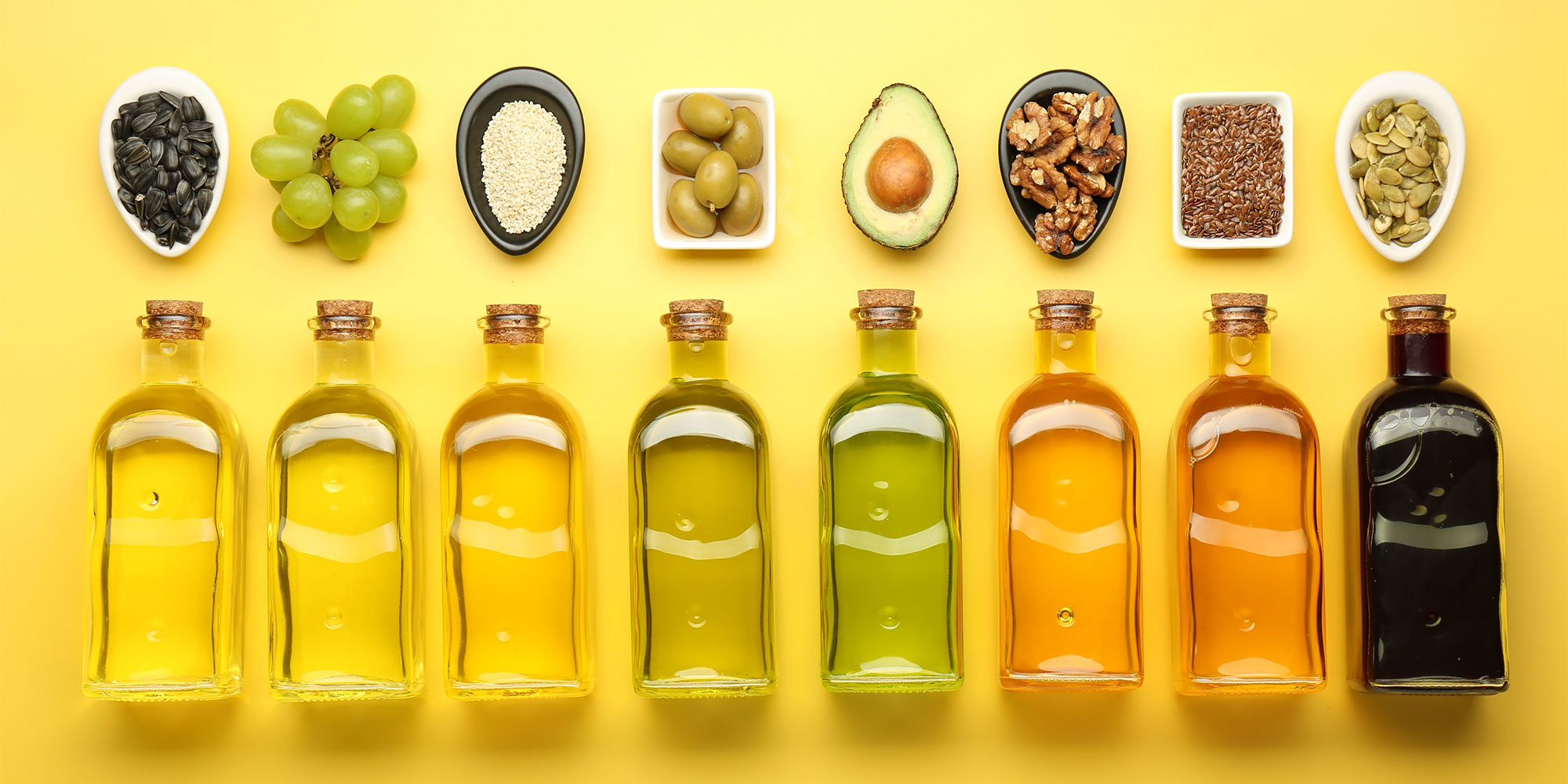
Cooking oils are kitchen staples, but lately they have been firing up controversy. Claims on social media have spearheaded a backlash against seed oils – but what’s behind the heat?
With the help of Professor Tom Sanders, oils expert and emeritus professor of nutrition and dietetics at King’s College London, and dietitian and chef Natalie Bosnic, we’ve delved into the science (and the myths) to bring you a no-nonsense guide to the healthiest oils for everyday cooking, including how to check that your oil is the correct temperature, plus info on beef tallow, coconut oil and the newest oil on the cooking block – algae.
THE TOP LINE FROM OUR EXPERT

‘Choosing the right cooking oil is important, and although what is ‘right’ for one person will differ from another, the key messages when deciding what cooking oil is for you should mainly factor in these three things:
- An oil that supports health. This is mainly about unsaturated oils such as olive, sunflower, and rapeseed oils – all of which have some evidence behind the healthier claims.
- An oil that’s affordable and accessible to you. Some oils can be expensive and are not readily available at corner shops or smaller supermarkets.
- The role that oil has in the dish. For instance, the flavour or smell the oil imparts to the food needs to suit the particular dish. For example, as a chef, I wouldn’t want my spaghetti bolognese tasting like coconut.
However, it’s important to remember that cooking oil is just one aspect of many that make up a person’s diet and health. While cooking with an oil that is shown to be beneficial to health is a positive action one can take, overall health has many aspects to it, such as trying to have fewer processed foods and more fruit and vegetables.’
Natalie Bosnic is a trained dietitian (Australia) who has worked in chronic disease management and clinical diabetes research at Imperial College London and is now chef de partie at Bocca Di Lupo restaurant in London.
How to choose the best oil for cooking – what to look for
Standing in the cooking oil aisle of your local supermarket, you could be forgiven for feeling a little overwhelmed by row upon row of bottles to pick from. From pale yellow through to green, brown and even red, what you’re looking at are plant-derived oils from seeds (such as rapeseed or sunflower) or fruit flesh (olive, avocado, and coconut).
The majority of plant oils are packed with ‘good’ fats - monounsaturated fatty acids (MUFAs), like oleic acid in olive and avocado oils, or polyunsaturated fatty acids (PUFAs), including omega-3s (rapeseed oil) and omega-6s (sunflower oil) - in some cases, both.
These may help us stave off illness by, among other things, lowering ‘bad’ LDL cholesterol and protecting heart health – and this is what makes them good candidates for cooking with.
On the other hand, saturated fats – found in animal products such as butter and beef tallow, as well as in coconut oil – are known to raise LDL. Professor Sanders says: ‘Some saturated fat in the diet is fine, but the focus should be on using healthier oils wherever you can.’
Best extra virgin olive oil – Discover the best supermarket extra virgin olive oils from our expert taste test
4 healthiest plant oils for cooking with, according to our experts
Our experts have looked at the evidence and the suitability of certain oils for various cooking tasks, and have come up with four that stand out as good choices. They all work well at 180°C and above, are mild enough not to dominate most dishes, are reasonably priced, and have known health benefits (listed alphabetically).
| Name & best type for cooking with | Types of fats | Best used for | Health benefits | Need to knows | Price |
|---|---|---|---|---|---|
Olive oil Pure/classic/regular. Light/extra light. | Rich in MUFAs (in particular omega-9 oleic acid, plus traces of others including palmitoleic acid). | Shallow frying, sautéing, roasting and baking. Light/extra light also suitable for deep frying (contains less virgin/extra virgin in blend than pure/classic/regular). | MUFAs help lower ‘bad’ cholesterol. Contains antioxidants and anti-inflammatory compounds. | Upside: Competitive prices for all types. Downside: Pigmented oils such as extra-virgin are best for dipping, finishing and dressings, not for cooking. | Tesco Light In Colour olive oil, £6.15 for 1 litre Filippo Berio Classico olive oil , £4 for 250ml |
Rapeseed oil Rapeseed oil. Some oils labelled 'vegetable oil' (check label as some may be another plant oil or a blend). | MUFAs (omega-9 oleic acid). PUFAs (omega-6 linoleic). Plus, omega-3 alpha-linolenic acid). | Shallow frying, roasting, searing and stir-frying. | Has good balance of both omega-3 and omega-6 fats. Helps lower cholesterol and may reduce risk of diabetes. | Upside: Has lowest saturated fat content of all plant oils (including olive oil). Downside: Cold-pressed is expensive. | Crisp 'N Dry rapeseed oil, £2.94 for 1 litre Sainsbury's vegetable oil, £1.49 for 1 litre |
Rice bran oil Refined rice bran oil. | MUFAs (omega-9 oleic acid). PUFAs (omega-6 linoleic). | Deep frying, stir-frying and sautéing. | Balanced ratio of MUFAs and PUFAs for heart health. Rich in antioxidants, including vitamin E. May help to support healthy blood sugar levels (2025 meta-analysis). | Upside: Contains gamma-oryzanol to help reduce cholesterol absorption. Downside: Not much product choice in supermarkets means it can be expensive. | Alfa One rice bran oil, £3 for 500ml |
Sunflower oil Sunflower oil/pure sunflower oil. High-oleic versions have higher smoke point (often labelled 'frying oil'). | MUFAs (omega-9 oleic acid). PUFAs (omega-6 linoleic). | Shallow frying, deep frying and baking. | Rich in linoleic acid for cardiovascular health and oleic acid to help with cholesterol and blood pressure reduction. | Upside: Cheap, accessible and mild flavoured. Downside: The most heat-stable type – high-oleic sunflower oil – can be pricey. | Morrisons vegetable oil, £1.99 for 1 litre Flora Pure sunflower oil, £4.48 for 2 litres Mr Organic sunflower oil, £5.60 for 750ml |
I’ve spent 20 years fixing patients’ gut health: here’s what actually works – consultant dietitian Sophie Medlin shares her tips
How to check if your oil is the right temperature
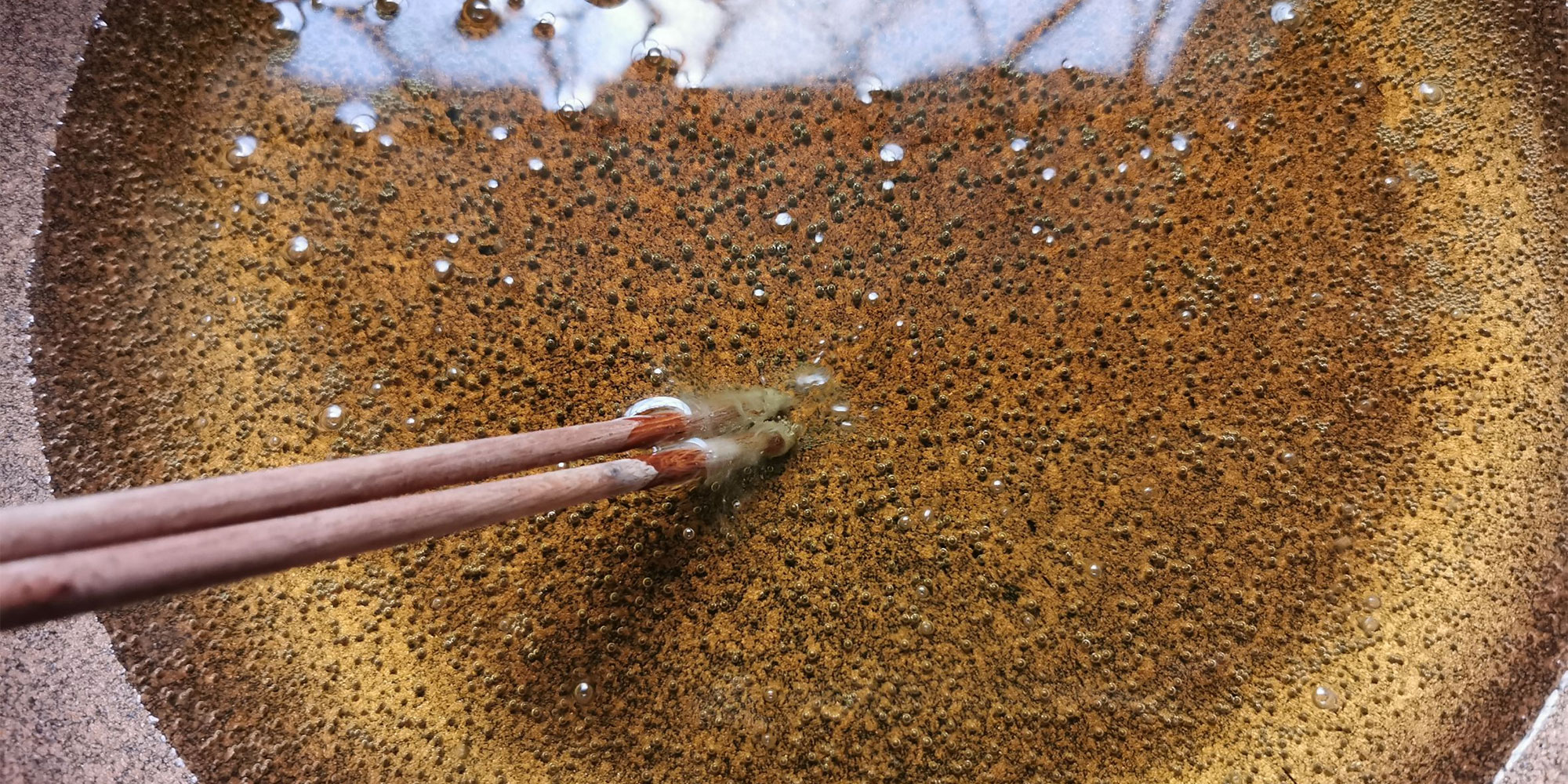
When oil gets too hot, you’ll see thin, blueish wafts of smoke that indicate it’s reached its smoke point, where it’s starting to break down, destroying nutrients and creating harmful compounds – and means it’s time to throw it away.
Professor Sanders advises keeping your oil at a steady 180°C when cooking –high enough to cook but low enough to prevent it from smoking. ‘Don’t let it get to 200°C or above because this is when many oils start to degrade,’ he says. A 2022 study found that prolonged heating of oil between 200°C and 240°C leads to a significant increase in trans fat formation, compared with levels below 200°C.
So how would you know what 180°C looks like? Here’s how to check without a thermometer. As your oil heats, dip a bamboo chopstick or wooden spoon into it and look for gentle bubbling around it to indicate it’s time to add the food.
If it’s bubbling ferociously, the oil has got too hot, and if it’s bubbling intermittently, it needs a bit more time. ‘A food that’s put in oil that’s not hot enough will soak up more oil – 25% compared to around 6% if the temperature is right,’ says Professor Sanders.
A 2022 study published in the journal Physics of Fluids found that testing with ‘bubble dynamics’ was accurate to within about 5-10%.
Best air fryers 2025 UK: every type reviewed by our experts – discover which passed our tough tests along with expert buying advice on types, cost, capacity and features
What are seed oils and why the backlash?
You may have read that seed oils (like rapeseed, sunflower, corn, and sesame) are bad for health, for example, because hexane is used in the extraction process for refined dietary oils. However, although EFSA (European Food Safety Authority) is in the process of re-evaluating hexane safety, it hasn’t currently identified health problems from exposure.
Another criticism is that omega-6 PUFAs in seed oils are pro-inflammatory, increasing the risk of cancer and heart disease. However, studies suggest they are actually anti-inflammatory.
The World Cancer Research Fund finds no strong evidence linking seed oils to disease. Professor Sanders says: ‘We’ve studied hundreds of thousands of people and measured their linoleic blood levels, and there’s no evidence that a high intake of linoleic acid causes inflammation.’
Natalie says there are multiple systematic reviews of research studies showing the benefits of seed oils to our health. ‘However, I am not aware of consistent, reproducible systematic studies showing benefits from several saturated fats on our health, including coconut oil and beef tallow,’ she says.
The consensus suggests that cutting back on processed foods – which contain these oils alongside high sugar and saturated fats – is more crucial than focusing on the oils themselves.
How bad is ultra-processed food? UPFs have been linked with negative health outcomes but Which? gets to the bottom of what the situation really is
Should you cook with beef tallow, butter and coconut oil?

Beef tallow – a social media cooking fat favourite – contains stearic acid, which has a neutral or even beneficial effect on blood cholesterol.
However, Natalie cautions: ‘Stearic acid is just one of many saturated fatty acids in beef tallow – including palmitic and myristic acids – so overall fatty acid composition and minimal evidence mean I wouldn’t be confident in recommending beef tallow to cook with.’
When it comes to coconut oil (which is around 86% saturated fat), studies show it increases 'good' HDL cholesterol. Still, a 2024 WHO (World Health Organization) evidence review highlighted that it also increases ‘bad’ LDL and total cholesterol.
Ghee (clarified butter) is also a popular cooking oil, but it is highly saturated at around 65%. Similarly, regular butter is 50% SFAs and denatures at low temperatures (it has a smoke point of 150-177°C, which is around the temperature that high-heat cooking starts). While it’s fine for baking, it’s unsuitable for frying, so add sparingly after cooking instead.
The aim is to keep saturated fats low (official guidance is a maximum of 20g for women and 30g for men daily) and choose oils rich in MUFAs and PUFAs instead.
Plant-based meat alternatives: what are your options? The vegan and vegetarian alternatives that are best for taste, health and the environment
Algae oil: the new fat on the cooking block
Culinary algae oil is emerging as a popular cooking oil that has a high smoke point and a neutral flavour, as well as being rich in MUFAs and low in saturated fats.
The algae is put into large fermentation tanks (similar to brewing beer) where they are fed plant-based sugars, causing them to grow rapidly and produce high concentrations of oil.
It's essential to understand that the oil used for cooking and that used for supplements isn't the same (different types of algae even produce them). The supplement variety is rich in omega-3s, but the culinary variety purposefully contains negligible or zero amounts because omega-3s aren't stable under high heat. However, its suggested health benefits stem from its richness in heat-stable omega-9s.
It’s a very new product category, which also means it’s expensive – for example, Algae Cooking Club algae cooking oil is £16.17 for 473ml compared to Ocado Olive Oil, which is £6.50 for 1 litre.
High-fibre foods: cheap and easy ways to boost your diet. Try these simple, low-cost tips
5 things we’ve learned about cooking oils
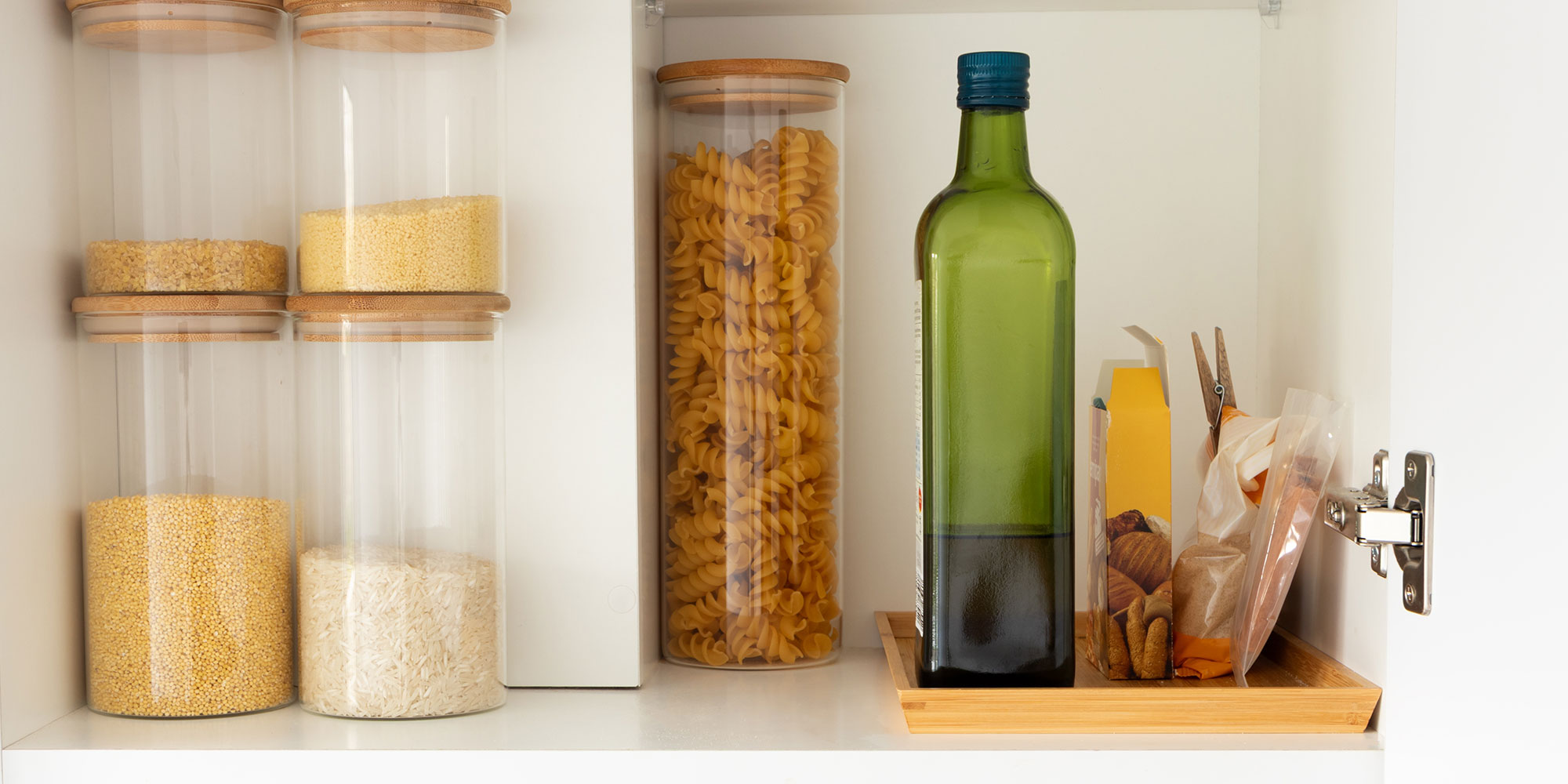
- Be sparing with the oil. The NHS recommends no more than around 70g of oils and fats for women and around 90g for men per day (1tbsp of oil is around 15ml, circa 13g).
- Throw it away if it starts smoking. At this point you will start to see thin blueish waifs of smoke come off the oil. Natalie adds: ‘The colour of the oil will also change; it will become darker (this often happens also when oil is reused several times). In addition, there may be a rancid smell coming from the oil.’
- Don’t reuse oil. Cooking with old oil results in the build-up of toxic compounds such as aldehydes, which may influence the risk of diseases such as cancer and cardiovascular disease.
- Don’t throw used oil down the sink. You can put small amounts of cooking oil as well as fats and plate scrapings of fatty food in your food waste recycling bin but if you don't have one, put it in a sealed container in your general waste bin.
- Store oil in a cool, dark place. The three main enemies of cooking oil are light, heat, and oxygen, so keep it away from heat sources such as hobs, ovens, and direct sunlight, and always put the lid back on tightly to keep the oxygen out.

